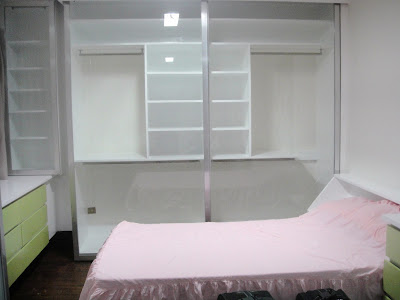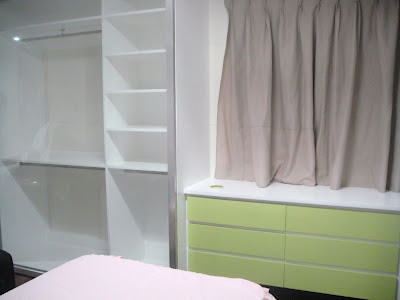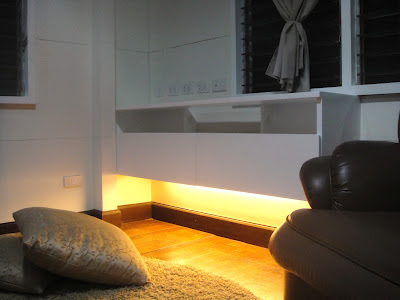Area: 12,900 sqm
Client: Private
Project Year: 2008
As envisioned in 2008, the tower volume is composed of a series of dynamic, non-coplanar razor sharp planes which culminates in a faceted crown which marks the corner and forms the building’s secondary element, the vertex. The planes are lifted up at the building base 3 levels up from a whirling mass of water, the vortex, revealing a small plaza at the corner where the structural column emerge from beneath the whirlpool.
The dominant surfaces of the tower at each side are pulled away from the building’s central volume creating a vertical fissure in the tower’s surface that provides a glimpse of the inner volume. A vertical fin wedged from the base marks the tower’s presence and provides a visual signature at the tower’s crown.
The design team sought to work in an environment of extremely close collaboration, challenging design assumptions across ALL disciplines in order to derive a thoroughly integrated solution. This multi-disciplinary type of intimate interaction is essential to the realization of a successful efficient building, as each discipline’s design solution have an impact on all the other disciplines in a cascading fashion. For instance, one decision about glazing that allows more light into the building might also simultaneously increase the solar gain to the point where the cooling from outside air alone will not be sufficient to keep indoor conditions comfortable.


This conflict was identified early in the process, acknowledging that high solar gains through the glass of the southwest façade would not only be uncomfortable for the occupants but may serve to deplete the thermal mass of its charge during the afternoon hours through long-wave radiative exchange between the warmed low level surfaces and the night-cooled thermal mass above. Thus, the exterior shade (blades) was introduced not only to provide solar protection but also to allow for a form-based visible architecture with a standard repeatable floor plan. Additionally, fins perpendicular to the northwest façade were introduced to intercept direct solar radiation during the afternoon hours when the sun would otherwise fall on the glazing simultaneous to the peak outdoor air temperatures.
With the improved penetration of daylight, all perimeter zones could be designed with day lighting controls to dim the ambient artificial lighting whenever possible, allowing individuals to control a limited amount of local task lighting when performing tasks requiring more visual acuity.
Most significantly, the architectural aesthetic has been intertwined with the engineering decisions made to minimize energy use.



















































